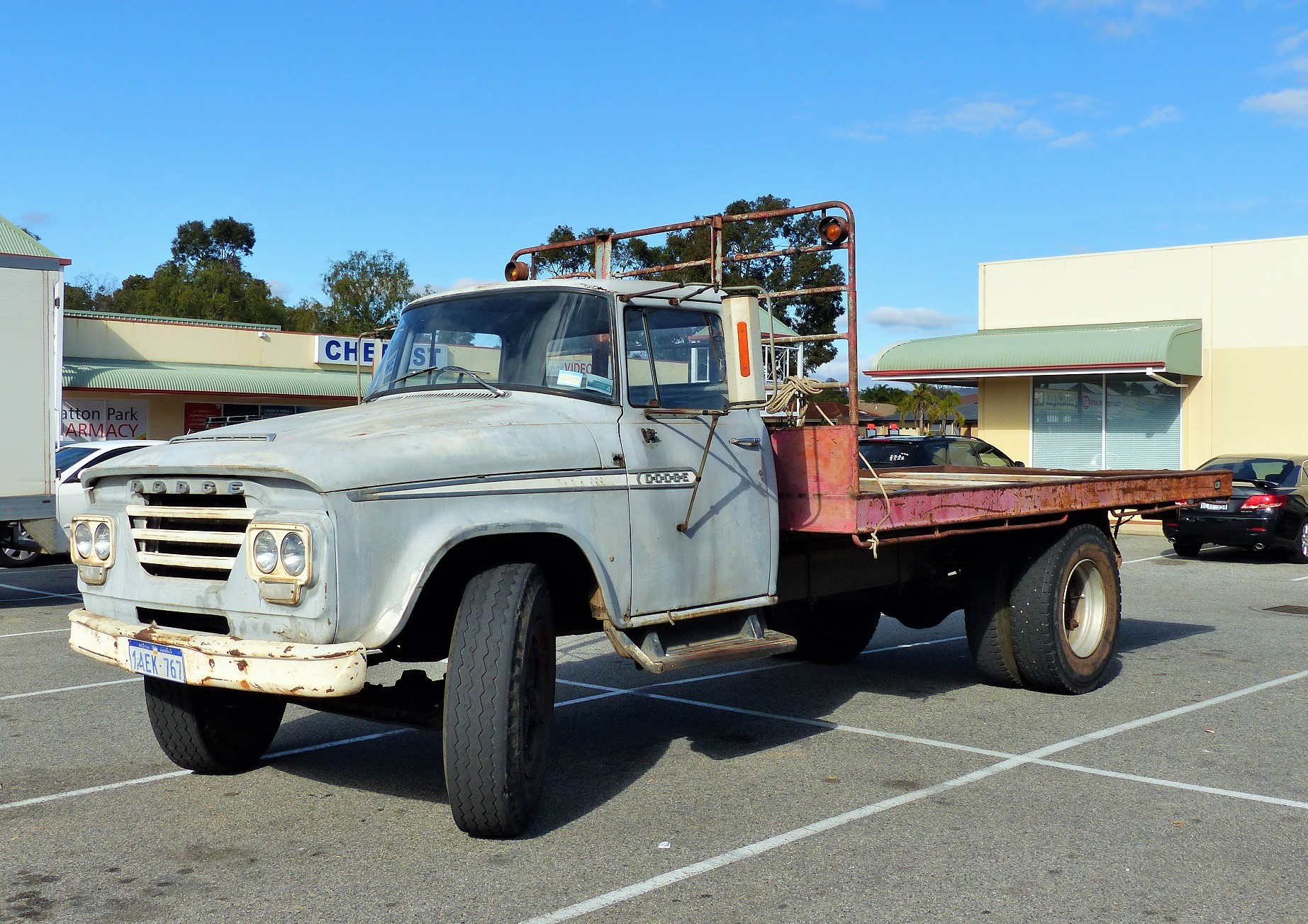A bed in a truck is a great way to be able to transport goods and materials from one place to another. It’s also a great way for those who work in the construction industry and require the use of heavy-duty vehicles and equipment.
But what is the bed in a truck called? The answer is simple: it’s called a flatbed.
A flatbed truck is typically an open-top vehicle that has no roof, sides, or back. This allows for easy loading and unloading of goods, materials, and equipment.
It also provides greater visibility while driving, making it easier to spot any potential hazards on the road. Flatbeds are typically much larger than other types of trucks, making them ideal for moving bulky items such as building materials or large pieces of furniture.
Flatbeds are typically made from steel or aluminum, which makes them strong enough to handle heavy loads. They are also designed with special features such as tie-down points or trailer hitches that make them even more versatile and able to haul even more items. Some flatbeds even have special features like removable sides to reduce their size when not in use.
Advantages of Flatbed Trucks
- Versatile: Flatbeds can handle a variety of loads from construction materials to furniture or even large appliances.
- Capacity: With their larger size, flatbeds can transport significantly more cargo than other types of trucks.
- Durability: Most flatbeds are made from strong metals that can handle heavy loads without any problem.
Flatbed trucks are an essential part of many industries due to their versatility, capacity, and durability. They can effortlessly move large items from one location to another while keeping them safe during transit. Whether you’re working in the construction industry or need something bigger than your regular pickup truck for moving furniture or appliances, a flatbed truck is your best bet.
Conclusion
So what is the bed in a truck called? It’s called a flatbed!
Flatbed trucks are incredibly versatile vehicles that provide ample capacity for moving goods safely from one location to another. With their durable construction, they can easily handle heavier loads over longer distances without any problem, making them essential for many industries.
